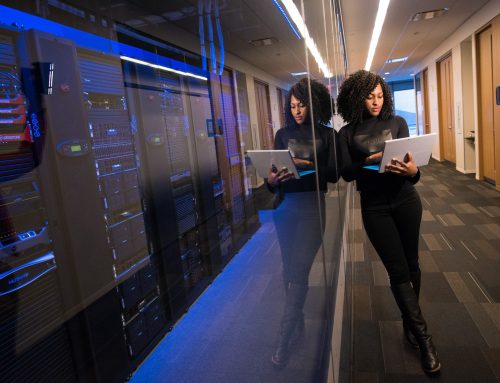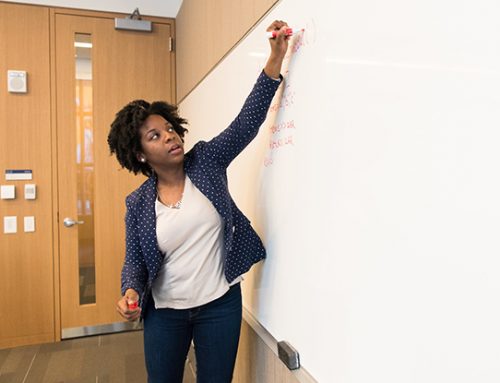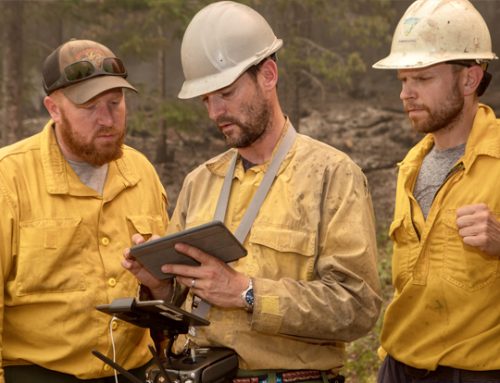The year 2020 will not be an easy one for any of us to forget. We’re just over halfway through, and it feels like more has happened in the last 6 months than the last 10 years.
This year is being considered by many as the year the earth stood still. Holidays, events, social plans – all cancelled. While it seems like so little has happened, it’s actually quite overwhelming to think about just how much has happened in such a short space of time. The changes we’ve all encountered have either been so vastly dramatic, or so minute that none of us have really given them much thought.
Lockdown has by far been our biggest change. Offices have shut, workers have been furloughed, businesses have closed down, and it’s a devastating time for some, but for those who have kept their job and been able to work, it’s been a big lesson in adaptability.
Learning and Development is a department which has been completely turned on its head this year. For years, training has been done in a classroom and face to face to keep everyone engaged and draw out learners potential. This is a key ingredient to making us feel like we’re in a safe and trusting environment to learn. Because of this, training professionals have had to adapt massively and make continuous improvements over the last few months to learn how to facilitate a digital classroom and get to a place where virtual learning is as effective as being stood up in front of us.
Learning facilitators have made many changes in the way they teach. We’re now using cameras to see each other to build rapport. We’re being pushed into Zoom breakout sessions instead of chatting to the person next to us. Chats, virtual hand raising, and muting/unmuting microphones have replaced just asking a simple question. Although it’s new and different, we have these new tools to create an engaging and effective learning space, without ever meeting one another.
Before lockdown, our Training Manager at Sirenum, Daryl Willett, would deliver 8-hour long classroom sessions, and the thought of doing this online is not appealing to any of us. He’s therefore adapted to the needs of our clients and broken training up into many shorter modules running over several days. He’s also setting exercises to be done outside of the session – after all, why should homework only be given to the younger generation?
We’ve always had Sirenum University – a portal full of training videos and assessments that clients can access and complete in their own time. For some, it’s tempting to deliver all of their training in this way, but we feel it’s important to continue facilitating training in real-time, with 2-way communication between the teacher and the learner, to provide a richer and more impactful learning experience.
When we launched SirenumGo, a stripped-back version of our platform for volunteer management that can be implemented quickly, during the start of the pandemic, we had to adapt to not only online training, but also to how this would best meet the needs of our stakeholders. This also applied to the Sirenum for Hospital Staff Management offering we developed during the pandemic. The training had to be provided quickly to ensure our clients were sufficiently staffed for rising demand, and we had to work around the clock to train healthcare professionals when they were available. This is just one example of how the Sirenum L&D team have become more flexible, understanding, and innovative in the way they provide training in this new, fully digital learning era.
We need to remove this idea that ‘training works better as a physical delivery’. It’s not possible at the moment, and may not be for a very long time, so assumptions that digital teaching is not as effective must be proven wrong. The way to do this is by adopting a kaizen approach – constantly making small changes here and there which will result in an overall improvement. Learning from what works and what doesn’t, and updating your techniques and approaches.
For years, L&D professionals have been talking about facilitating more digital sessions. We now have this fantastic opportunity, which although has forced our hand, means we can take the time to understand how we get it right, and continuously make these micro-changes which we believe, in time, will make online training as effective as traditional classroom learning.





Leave A Comment